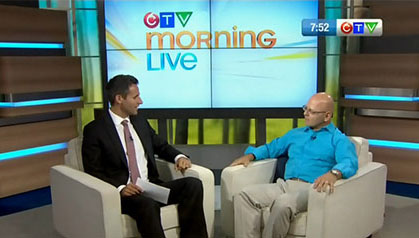
Should You Pay Off Your Home Buyers Plan Early?
Spring is upon us (though the weather sure doesn’t feel like it) and real estate is just about to boom. That means home sales and purchases will be on the rise. In the mix will be a number of first-time home buyers. Buying a home for the first time is one of the most exciting and completely terrifying life moments. It’s thrilling to experience looking at homes, horrifying to see the inside of some homes and inspiring to see others. When you find the right home for you, you want to make sure you have everything in place to make it yours – and still do it right. There have been recent changes to the down payment requirements in Canada and this can make it challenging. This is where the government actually offers some assistance in the form of the Home Buyers’ Plan (HBP). Using this plan, you can use up to $35,000 from your RRSP for purchase of your home. If you’re buying with a second first time buyer, they can also withdraw the same amount giving you up to $70,000. That can make for a pretty nice house! Using the HBP may allow you to avoid paying CMHC fees. Mortgage default insurance is required for any home buyer who has a down payment equal to less than 20% of the purchase price. This is meant to protect the lender but it also opens up the purchasing option for those who don’t have the funds. The Home Buyers’ Plan is a great program, especially if you understand the parameters. You have 15 years to pay the funds back into your RRSP and this is an important number as any amounts not paid back are considered income and taxable. Now the question of paying it back should you come into some money. There are a couple of ways of looking at it. Say you’re required to pay back $500/year but you find yourself with $1000. You could put $1000 on your HBP and it will decrease the length of time for complete payback. This will improve your returns as you will start earning on those amounts. The other way to look at it is to take the $500 and put it towards your HBP and take the other $500 and claim it as a RRSP contribution which will benefit your tax return. Both are good options, it depends on your goals. Sometimes it helps to discuss these options with an independent party to get a better understanding of what this all means. As a Financial Planner, we can help clarify the best way to approach this exhilarating moment in time. Not to mention we can also help with setting up your mortgage based on our years of experience and contacts.





